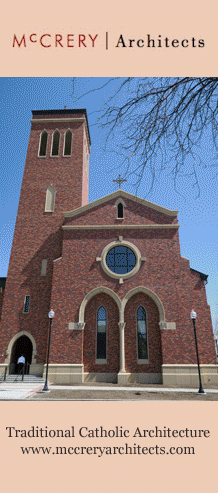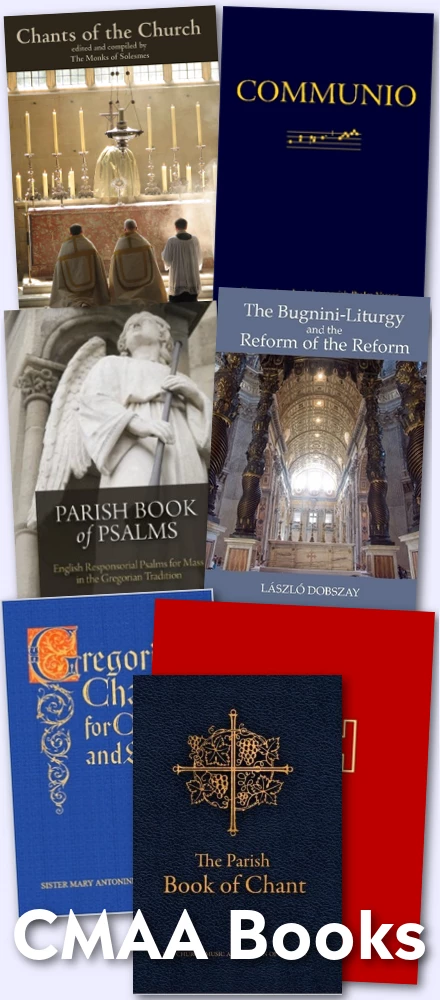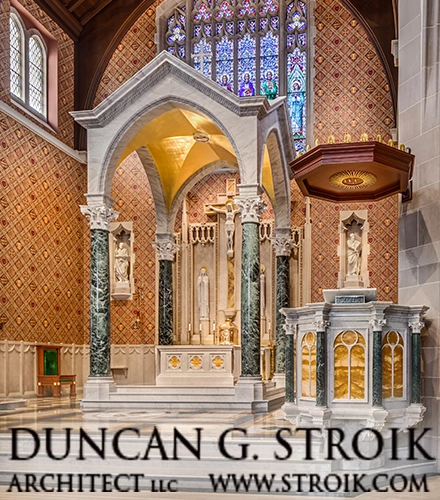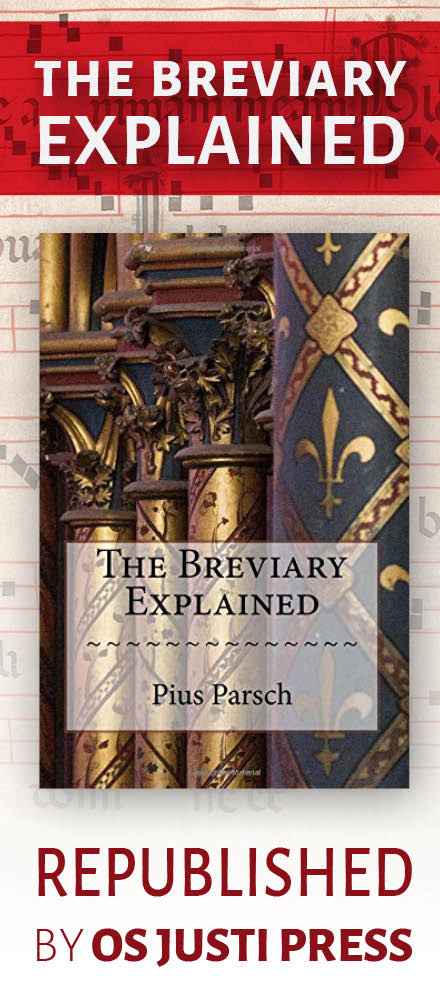In the Byzantine Divine Liturgy, there are several places where the priest sings a part of the anaphora out loud, and the choir makes a response, while he continues the anaphora silently. In the liturgy of St John Chrysostom, which is by far the more commonly used of the two anaphoras, the priest commemorates the Saints after the consecration and epiclesis, praying in silence “Again we offer unto Thee this rational service for them that in faith have gone to their rest before us:
the Forefathers, Fathers, Patriarchs, Prophets, Apostles, Preachers, Evangelists, Martyrs, Confessors, Ascetics, and for every righteous spirit in faith made perfect.” He then sings out loud, “Especially for our most holy, immaculate, blessed-above-all and glorious Lady, the Mother of God, and ever-Virgin
Mary,” and the choir sings a hymn to the Virgin, which in the Easter season reads as follows.
Here is another very commonly used version in Church Slavonic (starts at 0:15):
Ὁ Ἄγγελος ἐβόα τῇ Κεχαριτωμένῃ· Ἁγνὴ Παρθένε, χαῖρε, καί πάλιν ἐρῶ, χαῖρε· ὁ σὸς Υἱὸς ἀνέστη τριήμερος ἐκ τάφου. Φωτίζου, φωτίζου, ἡ νέα Ἱερουσαλήμ, ἡ γὰρ δόξα Κυρίου ἐπὶ σὲ ἀνέτειλε· χόρευε νῦν, καὶ ἀγάλλου Σιών. Σὺ δὲ ἁγνή, τέρπου, Θεοτόκε, ἐν τῇ ἐγέρσει τοῦ τόκου σου.
(You can discover many more versions yourself by putting the words “The Angel Cried”, “ Ὁ ῎Αγγελος ἐβόα ” or “Ангел вопияше” as the search criterion on YouTube.)
The Angel cried out to Her that is full of grace: “Hail, o holy Virgin, and again will I say ‘Hail!’ Thy Son is risen from the tomb on the third day, and has overthrown death; o people, rejoice. Be enlightened, be enlightened, o new Jerusalem, for the glory of the Lord is risen upon thee. Rejoice and be glad, o Sion; and Thou, o Holy Mother of God, exult in the resurrection of Thy Son!” (The words in italics are missing in the Greek version.)
Not surprisingly, this beautiful text has inspired some of the best efforts of composers who have written for the Byzantine Rite, such as this version by the Ukrainian composer Dmitro Bortniansky (1751-1825).
Аггел вопїѧше благодатнѣй: чистаѧ Дѣво, радуйсѧ! и паки реку: радуйсѧ! Твой Сынъ воскресе тридневенъ ωт гроба, и мертвыѧ воздвигнувый: людїе веселитесѧ! Свѣтисѧ, свѣтисѧ, новый Іерусалиме! слава бо Господнѧ на тебѣ возсїѧ: ликуй нынѣ и веселисѧ, Сїωне! Ты же чистаѧ, красуйсѧ, Богородице, ω востанїи рождества Твоегω.Not surprisingly, this beautiful text has inspired some of the best efforts of composers who have written for the Byzantine Rite, such as this version by the Ukrainian composer Dmitro Bortniansky (1751-1825).
Here is another very commonly used version in Church Slavonic (starts at 0:15):
The same setting in English, a perfect example of how to use the vernacular without destroying the musical patrimony of a rite.
And one in Greek (even though the title is given in Slavonic):





















